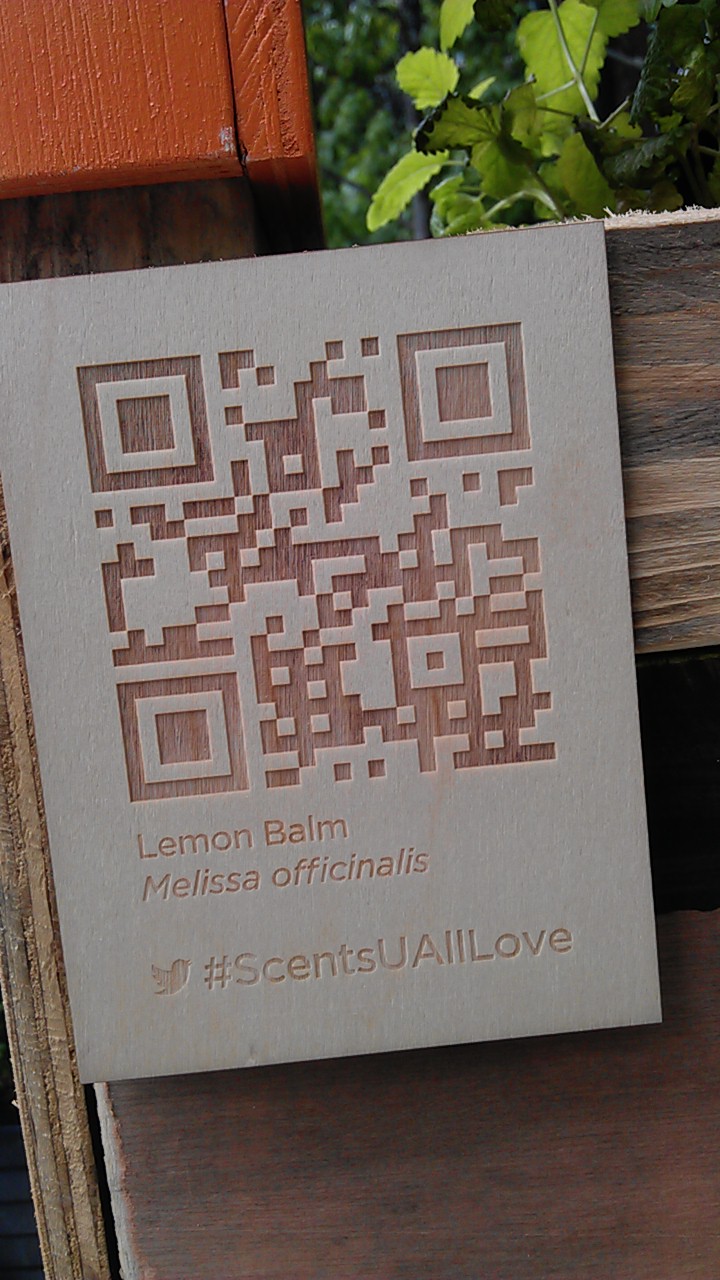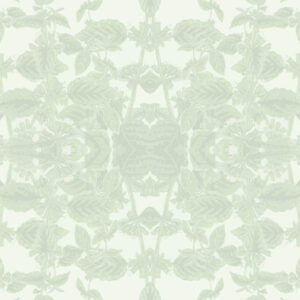Multisensory design – architecture that smells
‘Scents-u-all Love’ was a public space installation designed for the Chelsea Fringe in 2014. It explores multisensory design; specifically how architecture & public spaces might be designed around our sense of smell. The installations culminated with an interactive public art event. This project was made in collaboration with Curt Brown of Green truC studio.
We have split our project into 5 posts:
- The first post explores our project ideas, multisensory design and the development of our design for construction and installation. (this post)
- The second post describes the public space installations at Broadgate; for the Chelsea Fringe Festival and then outside Broadgate tower.
- The third post describes scent oriented design installations at Canada Square and Bell Square.
- The fourth post describes the installation at Wimbledon Piazza and the interactive public art event.
- The fifth and final post describes the construction process. We present a guide of how to make a scented chair for yourself.
‘Scents-u-all Love’ Design Concept
Architecture is a means of curating and guiding someone through a specific experience or set of sensorial experiences. That is to say specific experiences comprised of sights, sounds, touches, tastes and smells can all be facilitated by architectural design.
Scents-u-all Love
Sit down. Relax.
Claim your space and gently cease the moment.
Caress a plant. Breathe in to the max.
Sigh a sigh of contentment.
Read a book. Forget shades of grey.
Green is the road to fulfilment.
Remember and make happy memories.
For such there is no replacement.
Scents-u-all Love is an art installation that invites you to relax in your own space amidst the calming aromas of scented plants

Although we have five senses, we are most biased towards our sense of sight. After all we experience much of the world vicariously through phone and laptop screens, which do not allow us to touch, smell or taste. Moreover current computer aided 3D modelling does not allow designers to easily simulate our sense of touch, scent or taste. Consequently architecture is usually designed to engage with us visually, whilst often overlooking our other sense experiences.
We asked a simple question: “what happens if we create a multisensory design starting with our experience of smell?”
Design Scents Oriented
Typically the built environment is not designed to augment the way we experience smells. For example in restaurants, bakeries and flower shops our experience of smell is usually just incidental and not specific. More often we are more often designing systems that extract air to remove smells. Yet, odours play a critical role in connecting us with the world around us. There are many specific instances where our sense of smell becomes almost primal.
For example:
- In a misty pine forest.
- Under a flowering pergola, or in a flower shop.
- In a crowded & noisy bakery.
- Inside a sauna, where steam obscures our vision and the smell of heated cedar permeates.
- In a dark damp basement
- In a dark musty attic.
- and so on…
You will notice in the examples given above, the pleasant scents described mostly originate from botanic sources. Moreover our sense of smell allows us to identify different plants & flowers and to recognise what is edible and inedible. That is to say smell contributes toward our taste, eating and pleasure. Conversely we often associate unpleasant smells with inedible substances and for detecting dangers. For example the smell of leaking gas, smoke from a fire or the smell of sour milk are all unpleasant. Finally ‘neutral smells’ are rare, it seems we often polarise smells into categories of pleasant or unpleasant. Although a small amount of perfume can be pleasant, too much is overpowering and immediately becomes unpleasant – there is no middle ground. What is too much or too little varies subjectively.
We took our opportunity to experiment with a simple scent oriented design using scented plants.
Our selection of Five scented plants
We started by selecting five different scented plants that we would like to use:

(Lavandula angustifolia)
A strongly aromatic evergreen shrub growing as high as 1 to 2 metres. Lavender oil scent is used to alleviate symptoms such as anxiety and difficulty falling asleep. Also used as a prevention against clothing moths, who dislike the scent!

(Melissa officinalis)
The leaves have a gentle lemon scent, related to mint. The scent is crisp and clean and often used for soaps. It is similar to verbena.

(Mentha)
This genus includes popular varieties Spearmint, Peppermint, Apple Mint and others! They are refreshing and clean scents used in toothpaste! Mint essential oil aromatherapy may have clinical use to alleviate post-surgery nausea.

(Rosmarinus officinalis)
A perennial herb with evergreen, needle-like leaves. The scent is woody with a hint of pine.

(Salvia officinalis)
A sweet scented plant, nutty, woody and slightly musky.
The scented plant descriptions above are sourced from Wikipedia.
Designer Plants
To encourage smelling, we decided it was importan to elevate the plants to ‘nose-level’ to bring the scents to the correct height. Importantly people would not have to bend over to smell the plants at this height, so it is more likely they will notice them by scent rather than sight! Our first design idea looked like this:

We decided this was a good start, however this design needs to have a wall available to support the plants. Consequently this limits the places where we can exhibit our installation. Therefore we decided that we needed to consider a number of pragmatic design criteria:
- Self supporting: the installation should be able to support itself from the ground.
- Nose-Level Scents: the installation should allow the user to interact at ‘nose level’ with scented plants, to optimise their experience of the smells.
- Self Build & Reparability: This is a self-build project. Therefore it must be buildable by two people using simple tools and simple to repair should there be any damage or vandalism.
- Removeable Plants: The plants should be easily replaceable and consider using plant pots or trays.
- Health & Safety, Transportation: the installation must be safe to lift during installation and transport. It must also be weighty & sturdy enough to resist falling over in strong winds.
- Accessible and Inclusive: the chairs should be accessible to as many different people as possible.
Identifying these criteria guided us to design an installation much better suited for our project’s needs.
Multisensory Design

Multisensory design features:
- L-Shaped Wall: Whilst seated in the chair, the L-shaped wall limits the user’s peripheral vision, so as not to be visually distracted. That is useful in focussing the user’s other senses, such as their smell. Secondly by assembling two walls together, one unit becomes weighty & sturdy enough to resist falling over in strong winds. In addition the L-shape wall allows the seats to be self supporting from the floor. Finally it also allows the chairs to be detached at the corner to enable easier lifting during installation & transportation. Furthermore the smaller parts are much easier to pack and stack into a van.
- Bench: The bench allows people to sit in proximity to the scented plants for a longer period of time and therefore experience scents for fully. In addition the plants only need to be raised to nose level when seated, and the walls can be built lower. The bench also serves a structural purpose of bracing the two walls together. One chair was also designed without a seat, to allow better access for users in wheelchairs.
- Eye-Level Contact: We decided that although we are focussing primarily on the sense of smell, the designs must still consider the visual. Therefore we designed an orange painted strip at eye-level. Doing so makes an immediate visual connection between the different seats, and spatial relationships between the chairs. In other words it makes our chairs immediately legible as a set of seats that occupy a space. The idea is to encourage the user to notice the other seats and move from one to another, so as to experience all the different scents. The orange also contrasts with the green of the plants and emphasises their colours.
- Timber: Firstly using timber means the chairs to be made using simple tools. Secondly the chairs can be repaired easily if there is any damage or vandalism. Finally timber has a naturally warm feel, inviting to the touch, which in turn encourages touch and interaction with the plants.
Curt’s Poetry
Enjoy a whiff of rosemary with your chicken club! Breathe a breeze of mint with your petit pois salad! Relax in your own corner for a spot of lunch within the calming aromas of scented plants. Poems for Rosemary, Mint, Lemon Balm, Sage and Lavender give thought to pause during those busy days at the office.
In addition to contributing his architectural design and a horticultural skills, Curt applied wrote poems for each of the plants. Finally we decided to make the poems accessible on a mobile phone, via a QR code on the chair.

Curt’s 5 poems are spread throughout the 5 Scents-u-all Love posts. This is his first one about Lemon Balm:

In your presence I am uplifted On a cloud of citrus sunshine Perpetual Spring has imbued my being Since you world poured over mine Each individual buzz of a wing Every drop of amber honey Sweetly embellished within your name That speaks of Nature’s beauty Over hills of troubled integument Deep into bellies flamed With balms of ice and unction The wildest beast is tamed Travelling far and wide at speed Let your essence aplenty flow Like a gentle summer breeze Caressing a still meadow Lemon Balm --- Curt Brown
Clustered and Dispersed Temporary Architecture


Our multisensory design allocates one scented plant to each of the five chairs. Each chair becomes a personal space to enjoy one scented experience. Whilst arranged together in a public space, the chairs invite the public to move between each of the chairs and explore each scent. Therefore the chairs arrangement and proximity creates a different experience and way for the public to interact.
- An clustered arrangement (above) creates a sheltered intimate walled garden of plants. As a result the experience of smells and spaces is compact and intense. It’s quick to move between the chairs.
- An dispersed arrangement (below) ‘book-ends’ large open spaces within opposing chair ‘corners’. As a result the experience of smells and spaces is extensive and mild. Moving between the chairs takes longer.
In conclusion the installation can be easily adapted to suit different public spaces, and creates a new way to experience each space. That is to say the chairs change the public understanding, interaction and engagement with the host space. For these reasons our project becomes architectural as well as horticultural.

Our next post describes how we arranged our first installation at the Chelsea Fringe Festival in Broadgate, near London Liverpool Street.
5 posts of Scents-u-all Love:
We hope you enjoyed reading this post about our project Scents-u-all-love. We have split this story into 5 posts:
- The first post explores our project ideas, multisensory design and the development of our design for construction and installation. (this post)
- The second post describes the public space installations at Broadgate; for the Chelsea Fringe Festival and then outside Broadgate tower.
- The third post describes scent oriented design installations at Canada Square and Bell Square.
- The fourth post describes the installation at Wimbledon Piazza and the interactive public art event.
- The fifth and final post describes the construction process. We present a guide of how to make a scented chair for yourself.
Please contact us if you would like to discuss your multisensory design project.


3 Comments